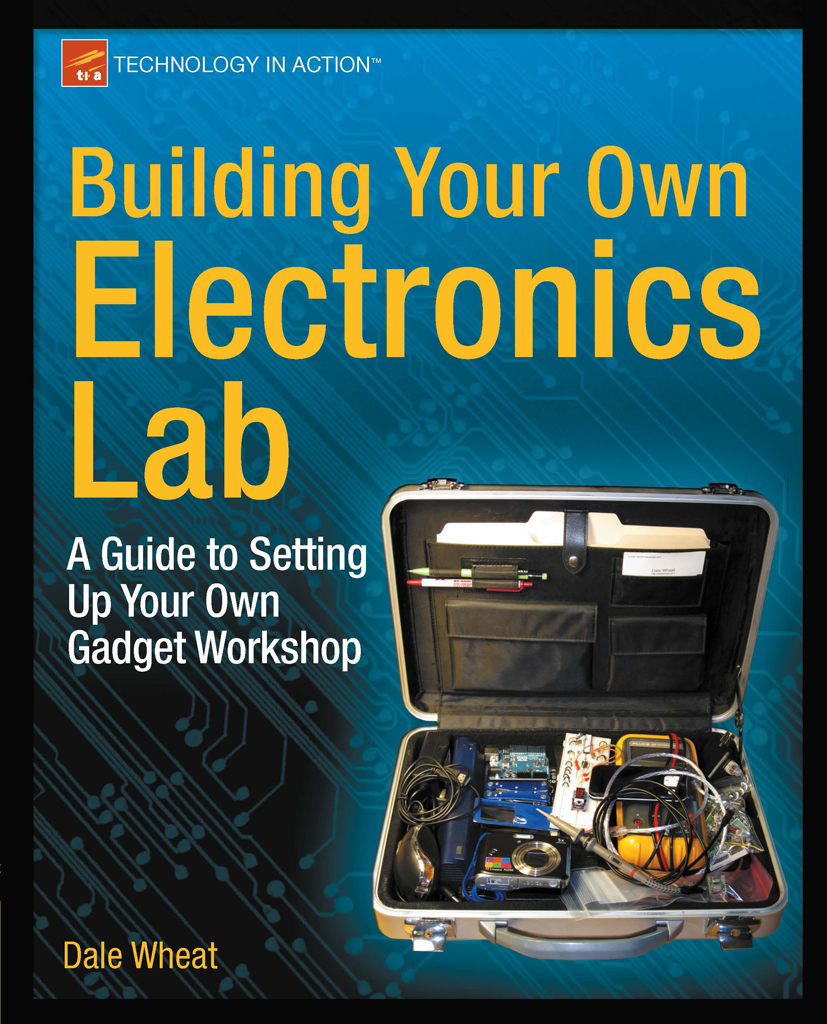Description
What should an electronics hackerspace look like? Is it in your bedroom, garage, a classroom, or even a suitcase?
And where do you start? What parts are essential, and which are just nice to have? And how do you organize it all?
Dale Wheat, the author of Arduino Internals, will show you how to build your own electronics lab complete with tools, parts, and power sources. You’ll learn how to create a portable lab, a small lab to save space, and even a lab for small groups and classrooms.
You’ll learn which parts and tools are indispensable no matter what type projects you’re working on: which soldering irons are best, which tools, cables, and testing equipment you’ll need. You’ll also learn about different chips, boards, sensors, power sources, and which ones you’ll want to keep on hand.
Finally, you’ll learn how to assemble everything for the type of lab best suited to your needs. If you need to carry everything to your local makerspace, you can build the Portable Lab. If you plan to tinker at home or in the garage, there is the Corner Lab. If you’re going to run your own local makerspace or you need to set up a lab to teach others, there is the Small-Group Lab.
No matter what your gadgeteering needs may be, Building Your Own Electronics Lab will show you exactly how to put it all together so you have what you need to get started.
What is it?
Building Your Own Electronics Lab was my second book, published in 2012. It goes into detail about how to set up your own personal electronics lab in a variety of constrained environments. Several example labs are described in the book, as well as best practices for starting and maintaining both a personal and shared lab.
Why do it?
An effective electronics labs needs a few minimum tools and parts, but what it mostly needs is organization and well-thought-out policies for maximum usefulness and safety. Several example labs, both good and bad, are investigated. Being able to find the right tool or part at the right time is often the difference between success and failure in an electronic project.
Benefit & value:
Just having a big pile of parts and tools is not the same as having a productive and safe environment for making things electronic. Applying best-practices at each stage of a lab’s lifetime (planning, building, usage, retirement) helps get more enjoyment and productivity from your investment. This book goes into detail about several common scenarios where you can learn from the successes and failures of professionals.



